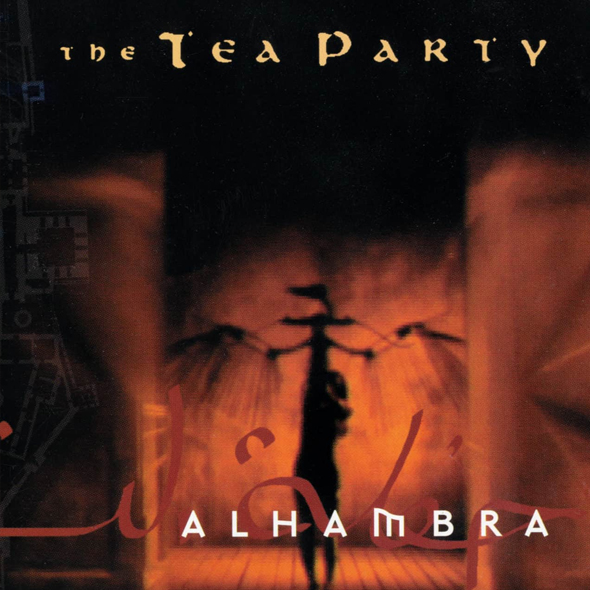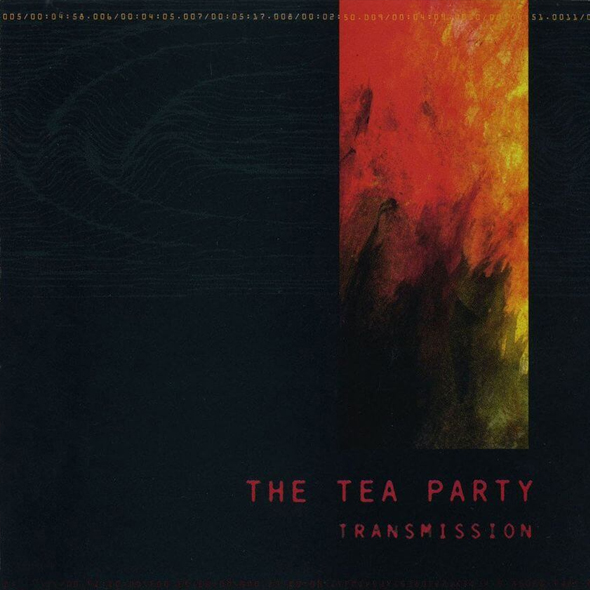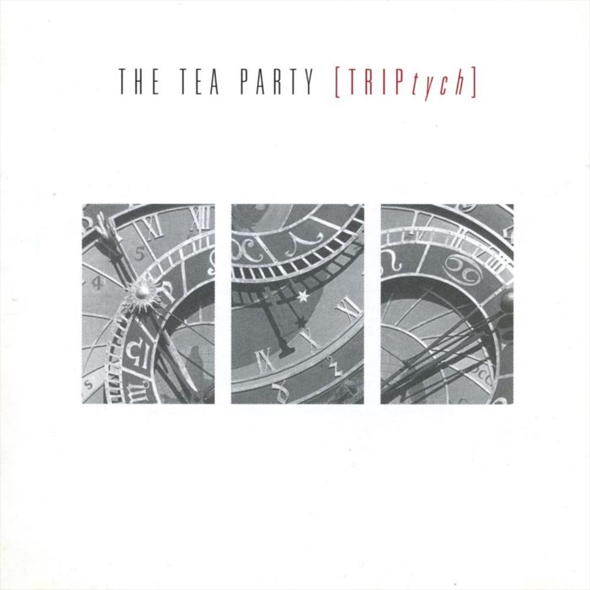The Tea Party Archive
The Tea Party Archive pays tribute to the band and their albums. For each album you will find detailed background information, live and promo photos, exclusive interviews with art and video directors, videos and much more! The archive currently contains 4 albums. More are in progress!




